
We’ve messed with our circadian rhythms in the name of vacation many times, but no matter how much travel experience one has, jet lag is always a bummer. In anticipation of our upcoming trip to Thailand, I’ve been reading up on strategies the pros—like pilots and flight attendants—swear by to get over it quickly. Here’s a list of their and my top tips…
First, understand what affects your circadian rhythm. Our “circadian clocks are coordinated by a tiny cluster of cells in the brain called the suprachiasmatic nucleus, which responds to light and dark. Quickly crossing several time zones throws the body’s clocks out of whack and leads to the symptoms of jet lag—fatigue, insomnia, nausea, headache, and diminished concentration. Generally speaking, for each time zone you cross it takes about a day of adjusting to a new light/dark schedule to get in sync with local time at your new destination.” (via Harvard Business Review)
Be strategic about when to expose yourself to light and when to avoid it. Basically, the idea is this: if you are traveling east, expose yourself to light early, advancing your body clock so that it will be in sync with the new time zone. (Go outside!) If you’re traveling west, try to expose yourself to light at dusk and the early part of the evening, delaying your body clock so that it will be in sync with the new time zone.
You can plan ahead with help from a free app like Entrain, which will give you a tailored lighting schedules developed by researchers to help you adjust you to new time zones. Or there’s Jet Lag Rooster, which will put together similar plans. For example, it suggests that on our first day in Thailand, for an we should all seek light from 3-6pm and avoid it from 6pm on (and for at least 2 hours before bedtime). We should also seek light before boarding our midnight flight out of San Francisco (which fortunately, will come easier by the logistics of traveling).

Consider some aids to keep light at bay. Wear sunglasses during the day (even on the plane). Use an eye-mask when you sleep (these are my favorite kind). If you’re worried there won’t be blackout shades where you’re staying, you can bring some along (genius for midday naps). When you need it to be dark, cover any light from a clock, computer, television, or your phone, because light can trick your body into thinking the day has begun. And if you wake up in the middle of the night and can’t get back to sleep, keep the room dim and avoid the temptation to look at a screen!
By the way, don’t forget how powerful the blue light emitted from your phone is. If you don’t mind looking a little silly, these orange tinted frames were the most effective at blocking out blue light, according to Consumer Reports.
Change your watch immediately on the flight. Don’t wait until the pilot announces local time to reset. That said, I usually like to have one device still set to body-time for a couple of days so that I can be understanding about what the kids’ bodies are expecting to do. When they’re crashing, I can see “oh, this is usually naptime!”
Try to get as much sleep per 24 hours as you usually would. In other words, try not to compound the effects of jet lag with sleep deprivation. Start the trip well-rested.
It matters when you eat. In fact, after scientists came up with a very complicated diet schedule called the Argonne diet, a team from Harvard and Beth Israel Deaconess Medical Center in Boston has concocted a more elegant remedy: the anti–jet lag fast. “The international traveler, they counsel, can avoid jet lag by simply not eating for twelve to sixteen hours before breakfast time in the new time zone… According to the Harvard team, the fast works because our bodies have, in addition to our circadian clock, a second clock that might be thought of as a food clock or, perhaps better, a master clock. When food is scarce, this master clock suspends the circadian clock and commands the body to sleep much less than normally. Only after the body starts eating again does the master clock switch the circadian clock back on. (via Harpers)
Flygirl came up with a fasting calculator that will figure it out for you. For us, assuming we want an 8:30am breakfast time in Thailand, we would need to stop eating by 3:30am PST on the day before we arrive, and have our next meal at 5:30pm PST.
Related: We also try to give our kids a generous snack (and encourage them to use the bathroom) before a night’s sleep at our new destination in hopes of minimizing wake-ups due to hunger at what would normally be a mealtime.
And what you eat. Light, balanced meals tend to be best. Avoid consuming lots of sugar or extremely rich foods in the air.
And what you drink. Stay hydrated. Limit alcohol. And save the caffeine for when you really need it.
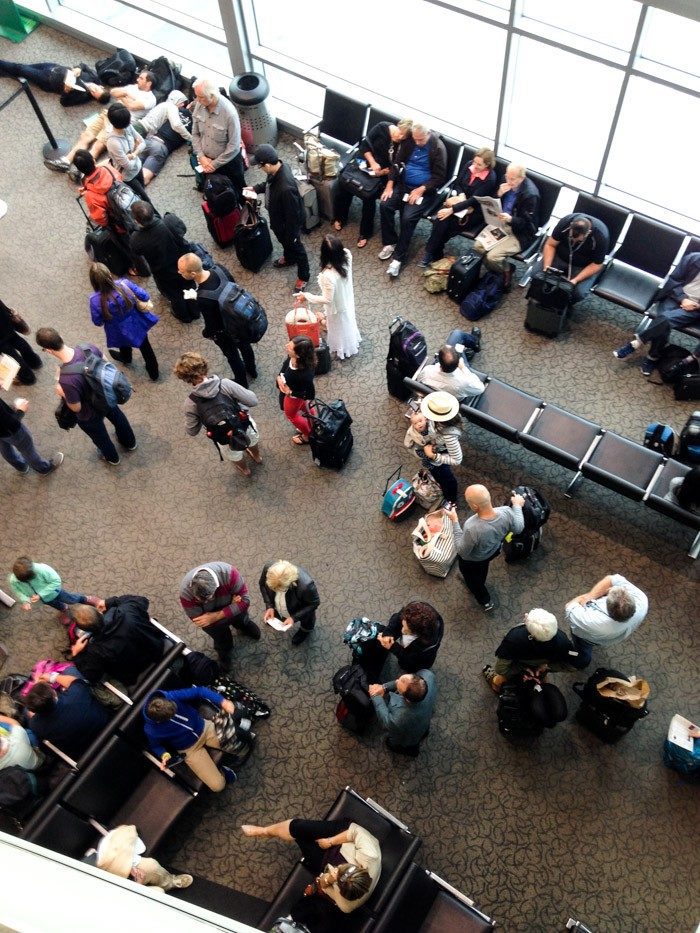
Don’t be afraid to nap. Just try to keep it under 30 minutes to avoid deep sleep. It can actually give you enough energy to stay awake through the day but still get a good night’s rest. One pilot came up with the 11am-rule for himself: “If I can get to my hotel room or my bed at home by 11am, then I’ll have a nap for an hour or even two. Anything later and I’ll stay up until a normal bedtime. Whether or not I sleep on arrival, though, if I find myself struggling by late afternoon, a shorter nap can help–and 20 minute ones work a treat. Definitely set an alarm.” (via BBC)
Check with your doctor first, but know your sleep-aid options. Melatonin pills are a favorite of many: Melatonin is a naturally-released hormone that helps to set the body’s sleep cycle. Synthetic versions are widely available over the counter. In a recent NYT article on sleep: “Every night, about two to three hours before you conk out, your brain starts to secrete melatonin in response to darkness. Taking a melatonin supplement in the evening will advance your internal clock and make it possible to fall asleep earlier; taking it in the morning will do the opposite. (You might assume this would make you even more tired during the day but it won’t; you could think of it as tricking your brain into believing you slept longer.) / So now you know the fix for jet lag: Travel east and you’ll need morning light and evening melatonin; go west and you’ll need evening light and morning melatonin.”
Before we had kids, I might take a halved Ambien at the start of a red-eye flight. Ambien typically moves out of the body after six-to-eight hours; Sonata, after about five hours. In my experience, this only works if I go to sleep almost immediately after dosing.
Get moving. Add exercise to your day at your destination. At the very least, skip the moving walkways in the airport. I have a friend who swears by doing jumping jacks as soon as she arrives. We’re going to make our first day in Bangkok a hotel-pool day to try and encourage both activity and exposure to natural light right away.
Set expectations. Prepare yourself and your children by explaining the steps of your flight, including a good night’s sleep on the plane. I’ve also found it helpful to have a predictable schedule in place before the trip—especially with kids—so that you know what to expect. If you’re comparing body-time to local time, it helps to know whether or not anyone would usually be sleeping.

Stay calm. Try to remember how little sleep you survived on when your babies were newborns. Don’t get mad about middle-of-night wakings.
Assume the best. And believe it will be worth it! It usually is…
Which of these things do you do? What works best for you? Have I missed anything?
P.S. Tips for flying with a baby or toddler. What to pack for young kids. Best entertainment for kids when traveling.
[Photos are from previous travelogues: Stockholm, Rome, and Bali]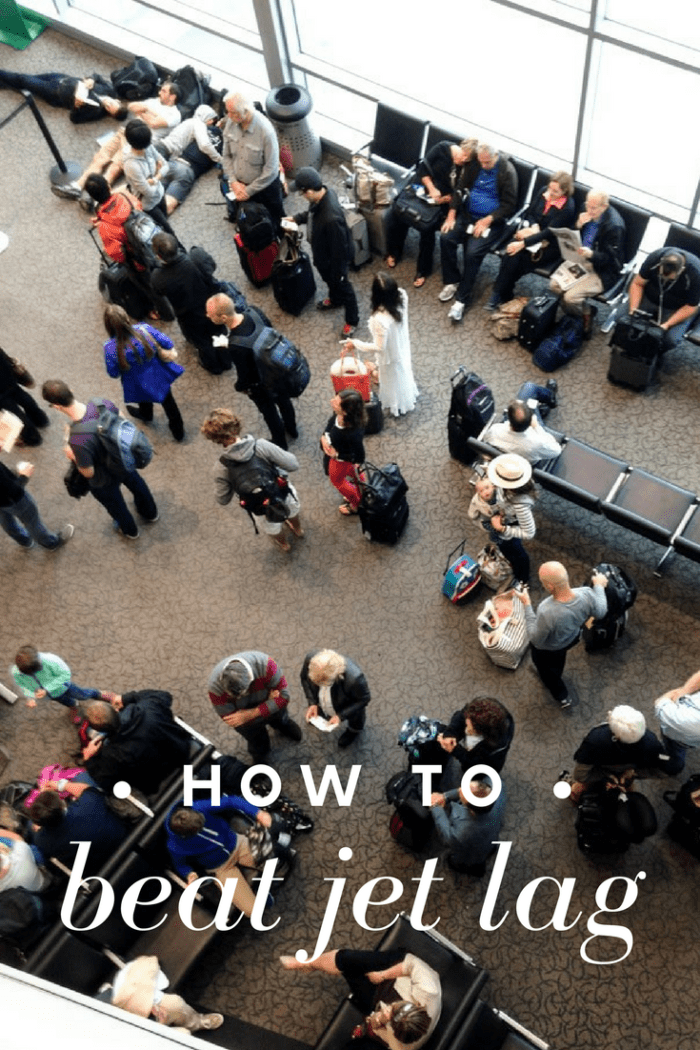


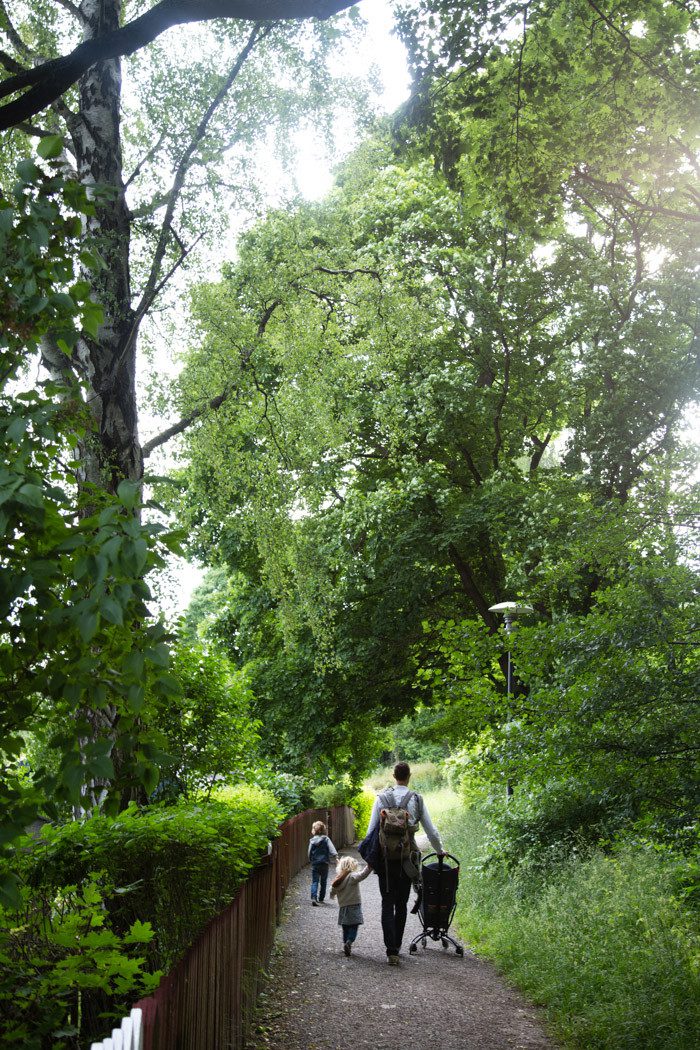



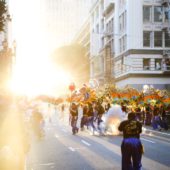






















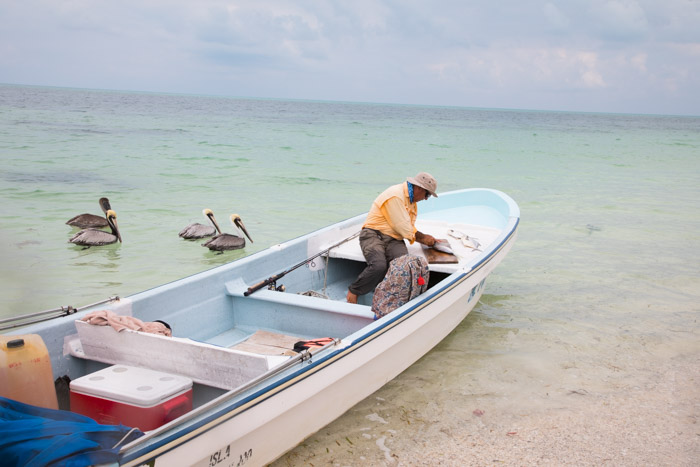








12 Comments